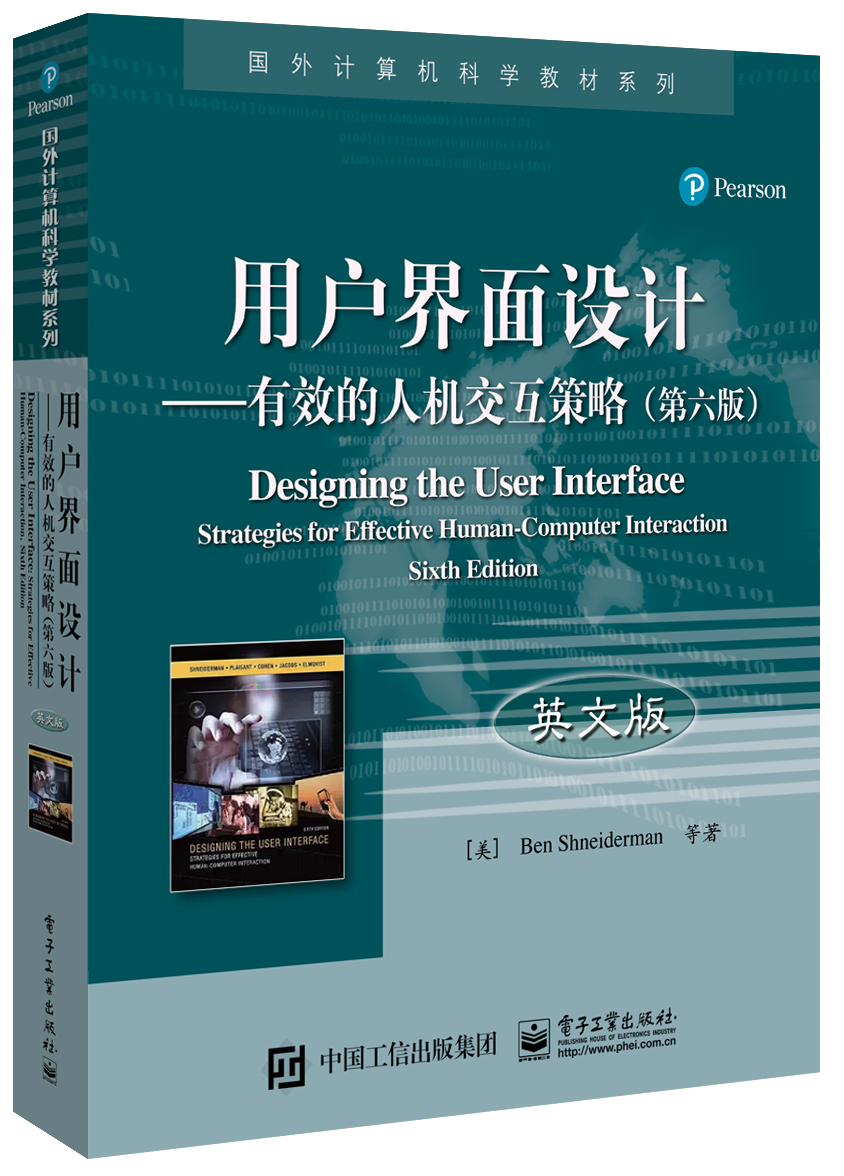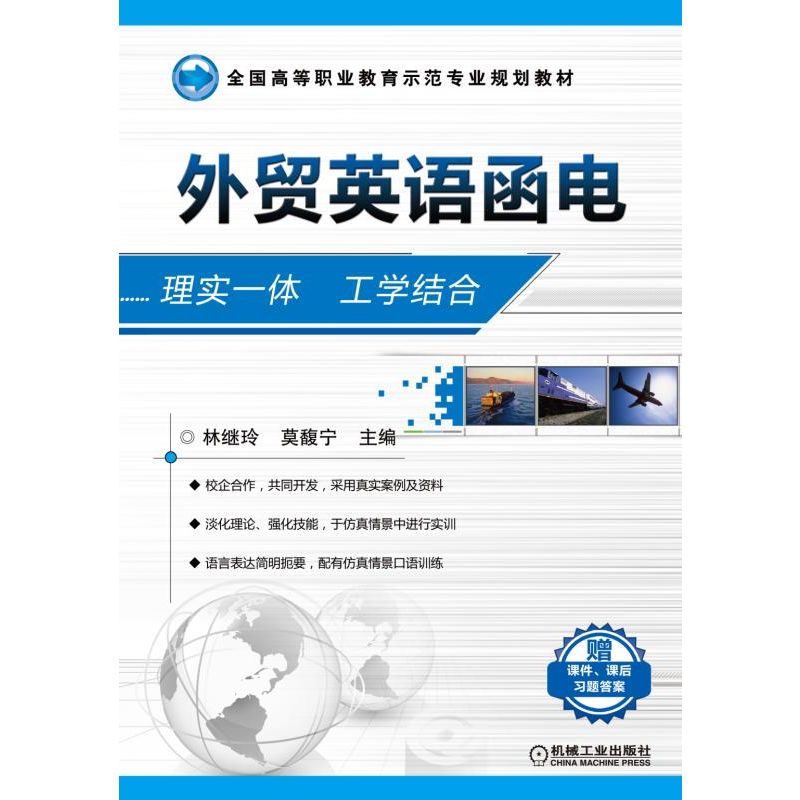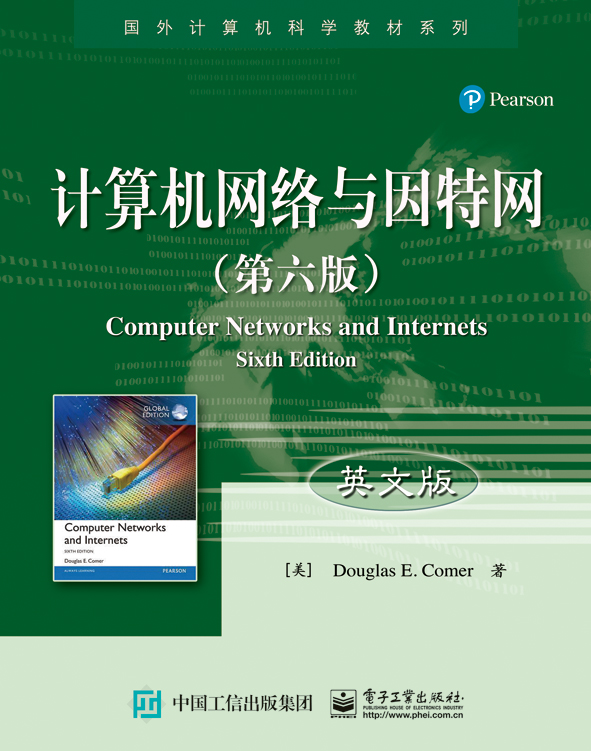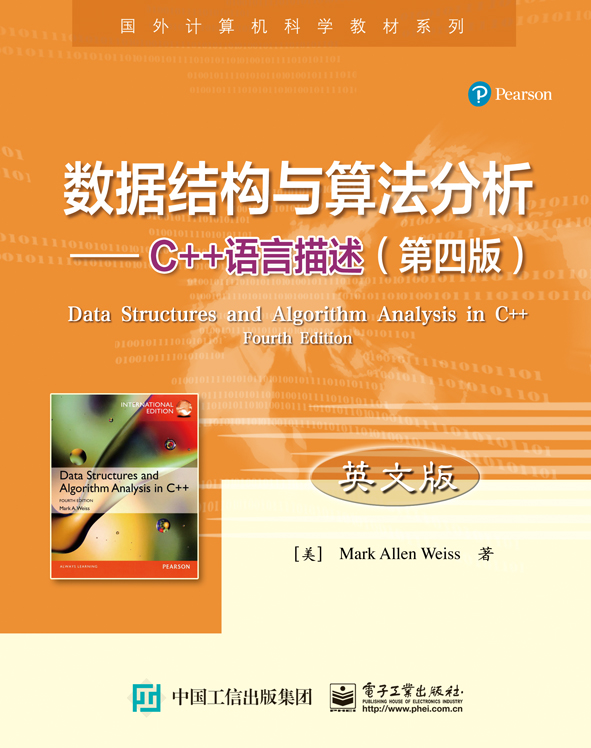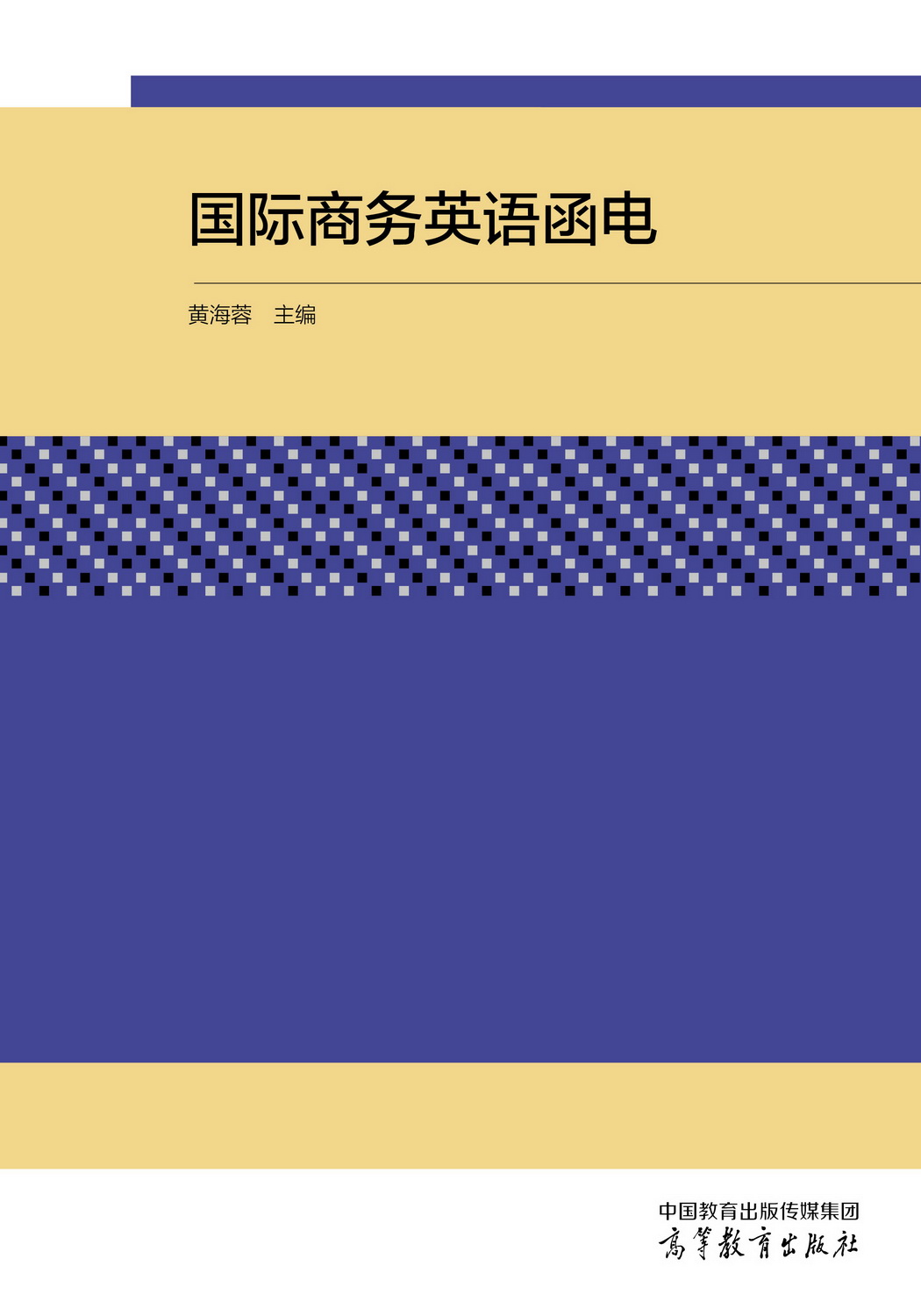- 电子工业出版社
- 9787121315077
- 1-1
- 294791
- 16开
- 2017-06
- 596
- 软件工程
- 本科 研究生(硕士、EMBA、MBA、MPA、博士)
PART 1 INTRODUCTION 2
CHAPTER 1 Usability of Interactive Systems 4
1.1 Introduction 6
1.2 Usability Goals and Measures 13
1.3 Usability Motivations 15
1.4 Goals for Our Profession 20
CHAPTER 2 Universal Usability 34
2.1 Introduction 36
2.2 Variations in Physical Abilities and Physical Workplaces 37
2.3 Diverse Cognitive and Perceptual Abilities 39
2.4 Personality Differences 40
2.5 Cultural and International Diversity 41
2.6 Users with Disabilities 44
2.7 Older Adult Users 47
2.8 Children 49
2.9 Accommodating Hardware and Software Diversity 52
CHAPTER 3 Guidelines, Principles, and Theories 56
3.1 Introduction 58
3.2 Guidelines 58
3.3 Principles 64
3.4 Theories 80
PART 2 Design PROCESSES 96
CHAPTER 4 Design 98
4.1 Introduction 100
4.2 Organizational Support for Design 102
4.3 The Design Process 105
4.4 Design Frameworks 111
4.5 Design Methods 115
4.6 Design Tools, Practices, and Patterns 123
4.7 Social Impact Analysis 129
4.8 Legal Issues 131
CHAPTER 5 Evaluation and the User Experience 138
5.1 Introduction 140
5.2 Expert Reviews and Heuristics 143
5.3 Usability Testing and Laboratories 147
5.4 Survey Instruments 159
5.5 Acceptance Tests 164
5.6 Evaluation during Active Use and Beyond 165
5.7 Controlled Psychologically Oriented Experiments 171
CHAPTER 6 Design Case Studies 180
6.1 Introduction 182
6.2 Case Study 1: Iterative Design Evaluation of Automated Teller Machines (ATMs) 183
6.3 Case Study 2: Design Consistency at Apple Computer 186
6.4 Case Study 3: Data-Driven Design at Volvo 188
6.5 General Observations and Summary 191
PART 3 INTERACTION STYLES 194
CHAPTER 7 Direct Manipulation and Immersive Environments 196
7.1 Introduction 198
7.2 What Is Direct Manipulation? 199
7.3 Some Examples of Direct Manipulation 206
7.4 2-D and 3-D Interfaces 216
7.5 Teleoperation and Presence 219
7.6 Augmented and Virtual Reality 224
CHAPTER 8 Fluid Navigation 238
8.1 Introduction 240
8.2 Navigation by Selection 242
8.3 Small Displays 255
8.4 Content Organization 258
8.5 Audio Menus 263
8.6 Form Fill-in and Dialog Boxes 264
CHAPTER 9 Expressive Human and Command Languages 276
9.1 Introduction 278
9.2 Speech Recognition 279
9.3 Speech Production 290
9.4 Human Language Technology 291
9.5 Traditional Command Languages 295
CHAPTER 10 Devices 300
10.1 Introduction 302
10.2 Keyboards and Keypads 304
10.3 Pointing Devices 310
10.4 Displays 328
CHAPTER 11 Communication and Collaboration 348
11.1 Introduction 350
11.2 Models of Collaboration 354
11.3 Specific Goals and Contexts 360
11.4 Design Considerations 368
PART 4 DESIGN ISSUES 384
CHAPTER 12 Advancing the User Experience 386
12.1 Introduction 388
12.2 Display Design 389
12.3 View (Window) Management 395
12.4 Animation 401
12.5 Webpage Design 403
12.6 Color 406
12.7 Nonanthropomorphic Design 412
12.8 Error Messages 416
CHAPTER 13 The Timely User Experience 426
13.1 Introduction 428
13.2 Models of System Response Time (SRT) Impacts 430
13.3 Expectations and Attitudes 434
13.4 User Productivity and Variability in SRT 436
13.5 Frustrating Experiences 438
CHAPTER 14 Documentation and User Support (a.k.a. Help) 446
14.1 Introduction 448
14.2 Shaping the Content of the Documentation 449
14.3 Accessing the Documentation 455
14.4 Reading from Displays versus Reading from Paper 460
14.5 Online Tutorials and Animated Demonstrations 465
14.6 Online Communities and Other Avenues for User Support 468
14.7 The Development Process 470
CHAPTER 15 Information Search 476
15.1 Introduction 478
15.2 Five-Stage Search Framework 482
15.3 Dynamic Queries and Faceted Search 492
15.4 Command Languages and “Natural” Language Queries 497
15.5 Multimedia Document Search and Other Specialized Search 498
15.6 The Social Aspects of Search 502
CHAPTER 16 Data Visualization 508
16.1 Introduction 510
16.2 Tasks in Data Visualization 511
16.3 Visualization by Data Type 519
16.4 Challenges for Data Visualization 527
AFTERWORD Societal and Individual Impact of User Interfaces 536
A.1 Future Interfaces and Grand Challenges 538
A.2 Ten Plagues of the Information Age 542
Name Index 549
Subject Index 555
Credits 573

